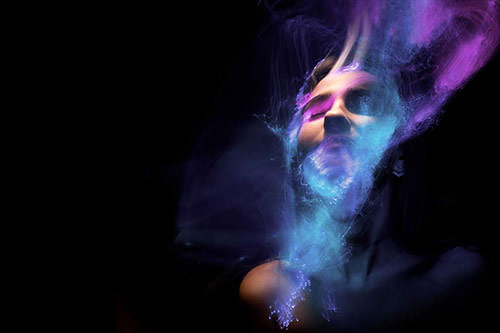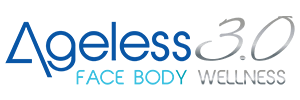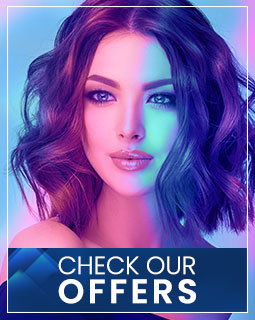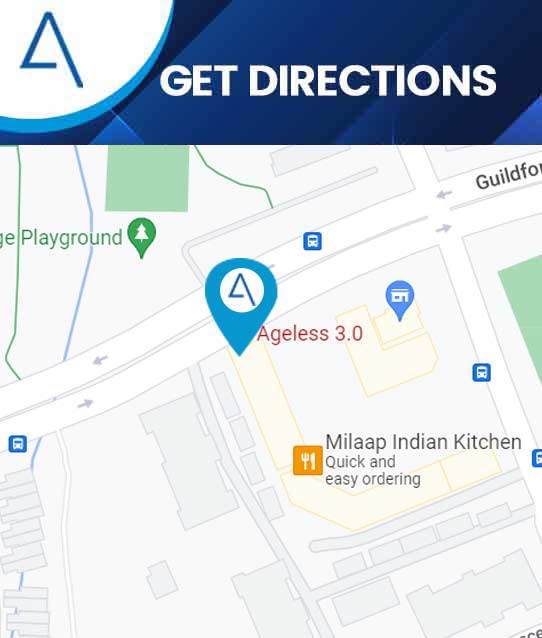Varicose Veins Specialist Q&A
Varicose veins are a common disorder caused by weakened or damaged vein walls and valves. If you are experiencing symptoms of varicose veins, come to Ageless 3.0 today! Our varicose vein treatment in Coquitlam, BC is non-invasive and can help to reduce the look of your varicose veins! We are conveniently located at Unit 307, 1192 Lansdowne Drive, Coquitlam, BC V3E 1J7. For more information, contact us or book an appointment online


Table of Contents:
What are varicose veins?
What are the main causes of varicose veins?
What happens if varicose veins are left untreated?
Can you get rid of varicose veins without surgery?
Varicose veins are enlarged, twisted veins that are most commonly noticeable in your legs. Varicose veins for many are just a cosmetic concern. For others, varicose veins can cause pain and discomfort, and could lead to more serious problems.
Varicose veins may or may not cause any pain, some signs to look for showing you may have varicose veins are:
• Veins that appear dark purple or even blue in color
• Veins that look to be twisted and bulging; like cords on your legs
When painful, the signs and symptoms of varicose veins may include:
• Achy or a heavy feeling in your legs
• Burning, throbbing, muscles cramping and begin to swell in your lower legs
• Severe to worsening pain after sitting or standing for long periods of a time
• Itching around or on the varicose veins
• Skin discoloration around the varicose veins
While varicose veins are not only noticeable, they can become serious and may need medical attention. Other type includes spider veins, which are similar to varicose veins but they appear smaller. Spider veins are found closer to the skin’s surface making them more visible and are often seen as red or blue.
Spider veins usually occur on the legs, but can also be found on the face. Spider veins vary in size and often look like a spiders web.
Any vein may become varicosed, it can cause them to become more pronounced due to increased standing and walking as it puts pressure on the veins in your lower body.
Varicose veins are caused by weak or damaged valves. Arteries that carry the blood from your heart to the rest of your tissues, and veins return from the rest of your body to your heart, so the blood can be circulated again. To have the blood return to your heart, the veins in your legs must work against gravity.
Muscle contractions in your lower legs help to act as a pump, and elastic vein walls help to keep the blood returning to your heart. These tiny valves in your veins open as blood flows towards your heart then close to stop blood from coming backwards. If these valves become weak or damaged, the blood can flow backwards and pool in the veins, causing these veins to stretch or twist.
A few risk factors that can increase your risk of developing varicose veins or spider veins are:
• Age
Varicose veins can increase the risk with age. Aging causes wear and tear on the valves in your veins that help to push blood flow through them and back to your heart. After a while, that wear and tear cause the valves to allow some of the blood to flow backwards into your veins where it collects and causes the veins to enlarge or twist.
• Sex
Unfortunately, women are more likely to develop varicose veins over men. Hormonal changes in the body before your period or during pregnancy and menopause can be a contributing factor because female hormones tend to relax the vein walls. Hormone treatments, such as birth control, also might increase your risk of varicose veins.
• Pregnancy
During pregnancy, the amount of blood in your body increases significantly. This change supports the growing fetus, but can also produce an unfortunate side effect which is enlarged veins in your legs.
• Family history
If any other family members have had varicose veins, there is a greater chance you might as well.
• Obesity
Being overweight or obese also add more pressure onto your veins.
• Standing or sitting for long periods of time
While standing or sitting for extended periods, your blood isn’t able to flow as well.
There is no way to completely prevent varicose veins, however you can improve the ability of circulation and muscle tone which may help to reduce your risk of developing varicose veins or getting additional ones by:
• Exercising
• Maintaining a healthy weight
• Eating a high-fiber and low salt diet
• Avoid wearing high-heels or tight tights
• Elevate your legs when you can
• Changing your sitting or standing position regularly
Minimally invasive treatment options do exist. Newer techniques include the use of heat, glue or a solution that is injected directly into the veins to rid them from your body. We are conveniently located at Unit 307, 1192 Lansdowne Drive, Coquitlam, BC V3E 1J7. For more information, please contact us or book an appointment online. We serve patients from Coquitlam BC, Vancouver BC, Anmore BC, Port Moody BC, Surrey BC, New Westminster BC, Meadows BC, Burnaby BC, and Belcarra BC.

Additional Services You May Like

Additional Services You May Like



